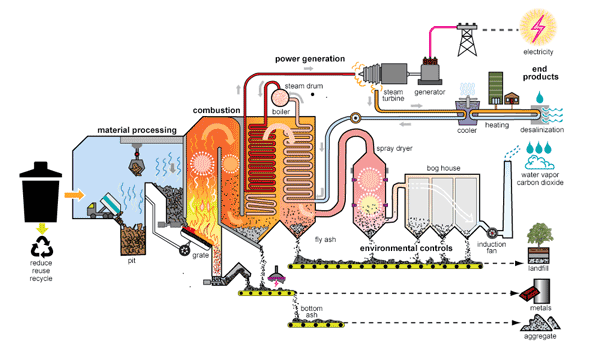Case Study 1
Improving Waste to Energy Plant Performance by replacing frequently failing thermowells.

Background
OEM specified ceramic high temperature thermocouples were failing every few weeks.
Measuring task
The thermocouples were installed to measure temperatures of 1000 C to 1600 C in the 1st and 2nd pass phases inside the combustion chamber to monitor burn performance and control Nox, a critical measurement for emissions. Configuration is a set of 3 pieces in a 2oo3 voting system (SIL Loop).
Customer issues
The customer was experiencing frequent failures of the ceramic thermowell on start up and shutdown due to ‘thermal shock’.
Additionally in the 2nd pass, thermowells were suffering abrasion due to fly-ash within the stream, reducing the lifespan of the thermocouples to a few weeks.
Solution
Both of the issues experienced by the customer were addressed by installing appropriately specified thermowells to protect the thermocouples whilst allowing them to function effectively.
For thermal shock the thermowells had a special ceramic sheath material to handle very high temperatures and the heat/cool cycle experienced.
For the 2nd pass, an alternative alloy material material was offered for the thermowell pocket due to HCI (byproduct of burning plastics/polymers) and Urea (dosed into the stream to control NOx levels). The presence of fly ash causes abrasion and reduces thermowell life which was addressed by offering a very hardwearing coating on the sheath.
Improving Waste to Energy Plant Performance by replacing frequently failing thermowells.
The effect of the new thermowells was to extend the life of the thermocouples from 8-10 weeks to beyond 12 months.
Click here to read Case Study 2
Click here to return to UNPLANNED OUTAGES IN WASTE TO ENERGY PLANTS
